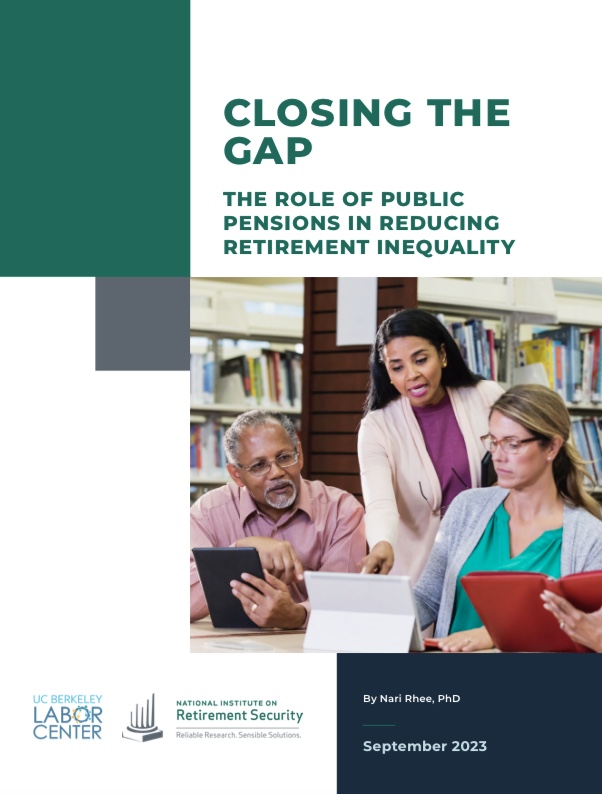Economic Consequences of Pension Bailouts: Evidence from the American Rescue Plan
By Michael Dambra, Phillip J. Quinn & John Wertz Multiemployer pension plans (MEPPs) provide retirement benefits for 11 million participants, yet until recently, hundreds of these pension plans – covering 3 million participants – faced insolvency. We use the 2021 passage of the American Rescue Plan Act to examine how pension bailouts affect the management and administration of pension plans. Consistent with the ARP inducing moral hazard, we find that MEPPs increase risk taking in investment allocations, increase benefit payments,...










